Advertisement
South Africa's 'dispossessed' urban poor call for land reform
NAIROBI (Thomson Reuters Foundation) - As South Africa plans to expropriate land from white farmers, slum dwellers are also hungry for land reform, experts said, as protests, illegal invasions and evictions highlight rising inequality in rapidly growing cities.
Towns and cities remain racially divided more than 20 years after the end of apartheid, when millions of blacks were forcibly removed from white-only urban areas to live in crowded townships and homelands, with buffer zones separating the races.
Although black people have since migrated to cities for jobs and better opportunities, economic inequality has worsened, said Geoff Bickford, a programme manager at South African Cities Network, a think tank which promotes urban development.
"The most lucrative urban land is still in the hands of the minority - be it the state, or previously advantaged white individuals, or black individuals who are now moving into the middle class," he told the Thomson Reuters Foundation.
The government aims to accelerate rural land reform before next year's parliamentary elections, as Julius Malema's radical left Economic Freedom Fighters (EFF) party has pushed for land expropriation from the white minority without compensation.
But urban conflicts over land also need to be addressed, experts said, with better planning to create more affordable housing and better access to jobs, schools and hospitals.
South Africa is one of the continent's most urbanised countries, with two-thirds of people living in towns and cities, United Nations data shows, with a projection that this could rise to 80 percent by 2050. https://data.worldbank.org/indicator/SP.URB.TOTL.IN.ZS?locations=ZA
The 1913 Land Act banned blacks from owning or renting land outside native reserves, to which those without jobs in urban white households and businesses were deported. Passes were required to enter urban areas in search of work.
After the repeal of segregation laws in 1991, large cities like Johannesburg and Pretoria have grown, and become more racially mixed, but different races continue to occupy separate spaces, Statistics South Africa said on its website. http://www.statssa.gov.za/?p=7678
"Ownership remains pretty racialised but what we've seen in South Africa since 1994 is also a class-income dimension shift," said Lauren Royston, a senior associate with the Socio-Economic Rights Institute of South Africa.
"We've seen some black South Africans able to afford properties in the market, but poorer (ones) remain excluded."
Some wealthy blacks now live alongside whites in luxurious, leafy suburbs, often behind electric fences. But the poor majority remain in dusty, cramped townships, commuting long distances to city centres where they can work and use services.
"There is a big demand in cities for affordable housing close to work and home," said Elmien du Plessis, an urban land expert at South Africa's North-West University.
Almost 350,000 families are on waiting list for government-owned rental homes in Cape Town against a supply of about 15,000 units a year, data from cash-strapped city authorities shows.
FRUSTRATION
In South Africa's second biggest city, Cape Town, inequality greets tourists as they leave the airport and pass Khayelitsha slum - a sea of congested iron shacks out of view of green suburbs on surrounding hills.
Musa Gwebani of the Social Justice Coalition, a campaign group based in Khayelitsha - one of the world's largest slums - said people living there wanted to be included in the land reform debate.
"The declaration ... that there will be expropriation without compensation fuelled a hunger for land and brought to the fore the levels of desperation of the dispossessed black majority living in informal settlements," she said.
"The situation in there is so dire and everyone wants to get out ... There is a lot of frustration on the ground and people there don't understand why they can't go out and build their structures in empty spaces."
Khayelitsha was established in the 1980s during apartheid as a vast dormitory for the thousands of workers who moved to Cape Town in search of jobs. According to the 2011 census, it is home to nearly 400,000 residents, 99 percent of them black. http://news.trust.org/item/20161012130244-psdu5
"Something as simple as a clothing line can generate a lot of conflict," Gwebani said, also highlighting protests over a lack of toilets, which has led to children being raped while relieving themselves in dark fields and bushes.
"We got a lot of people living in such level of congestion while there are a few others with two or more holiday homes in the same space."
Data from the Department of Rural Development and Land Reform shows that 7 percent of registered property in towns and cities belongs to blacks, who make up nearly 80 percent of South Africa's population.
Meanwhile 11 percent is in the hands of whites, who account for 9 percent of South Africans and about 80 percent of urban land belongs to companies, such as mining firms, or is held in trusts by government on behalf of black communities.
The remaining 2 percent is owned by other races, including Indians and foreigners. http://www.ruraldevelopment.gov.za/publications/land-audit-report/file/6126
Fed up with living in squalor, many poor urban residents have invaded vacant private and state-owned land, where they build temporary houses, leading Cape Town authorities in 2009 to set up an anti-land invasion unit.
"There has been a lot of violence," said Gwebani.
"The city of Cape Town officers come in the middle of the night and in the middle of the rain and demolish people structures without notice, without an eviction order, with nothing, and so people become homeless overnight."
Protests and court battles have also been generated by the sale of publicly-owned land to upmarket developers that activists wanted to be used for affordable housing.
"We say they are land grabbing but what they are actually doing is ... taking it upon themselves to get to a point that they can actually access resources in cities," said Bickford of the South African Cities Network.
(Reporting by Kevin Mwanza, Editing by Katy Migiro)

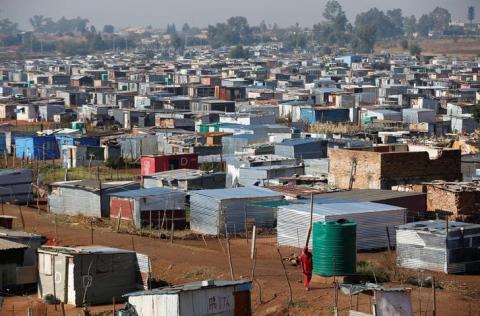
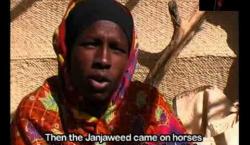

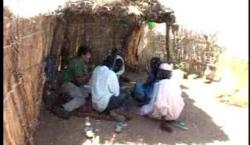


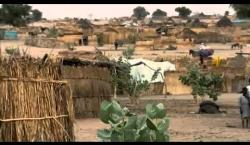
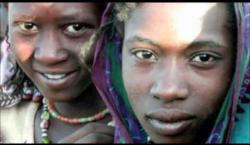










Add new comment